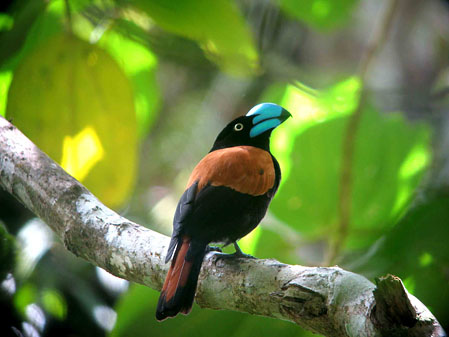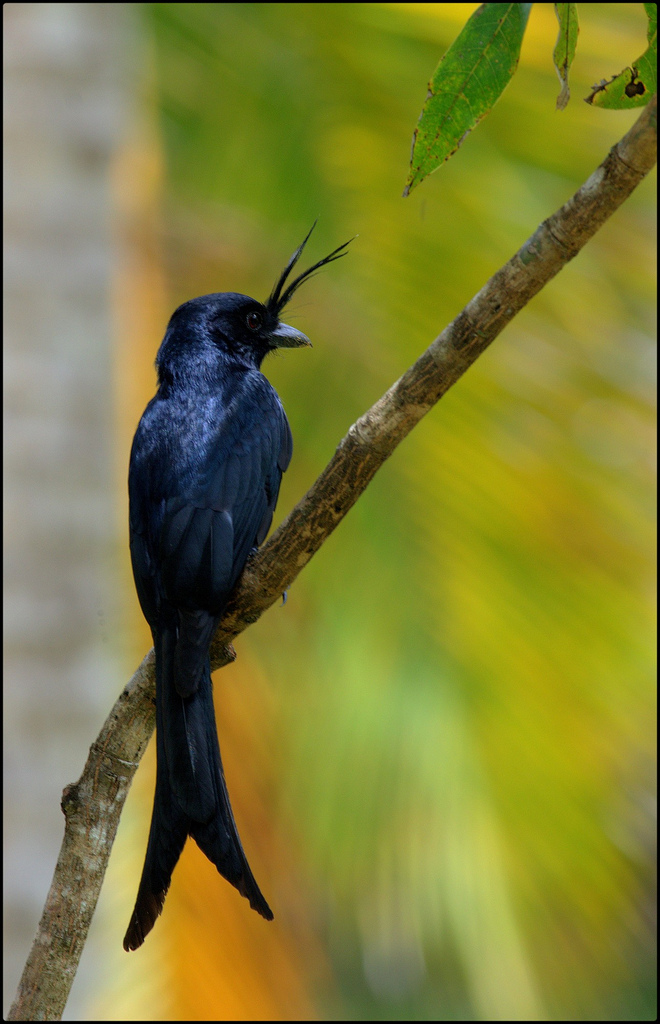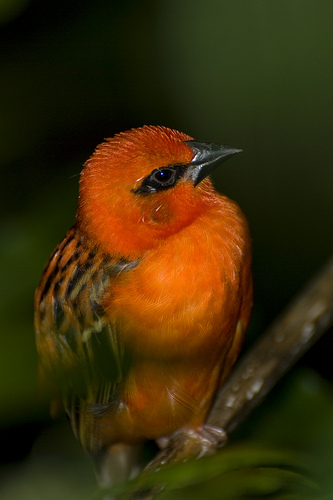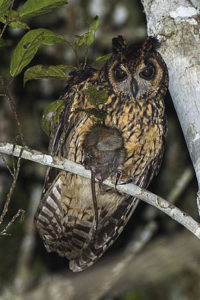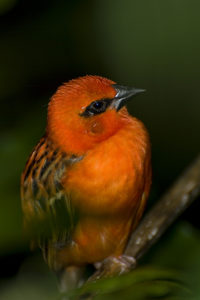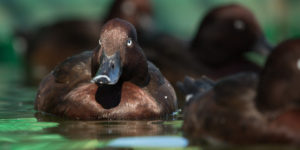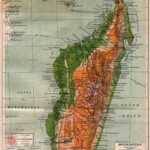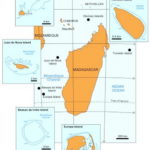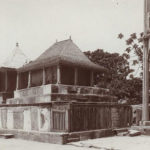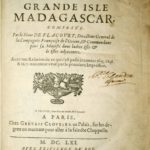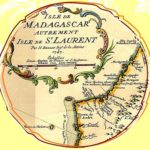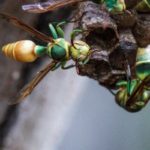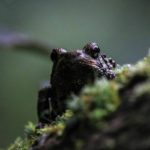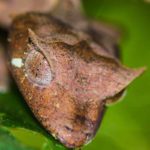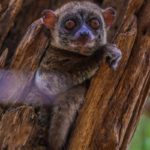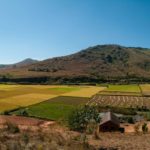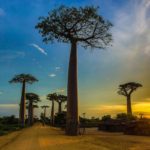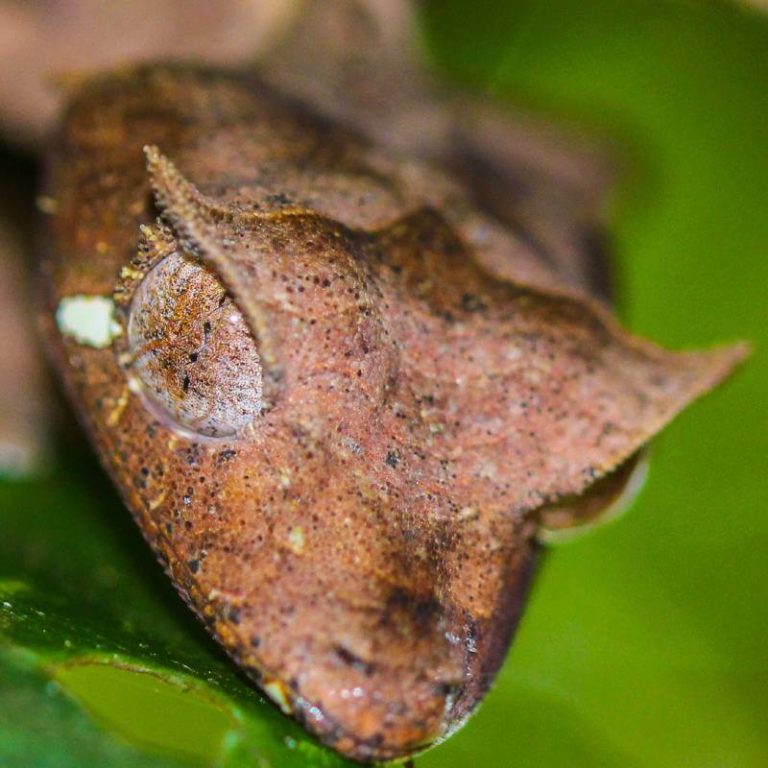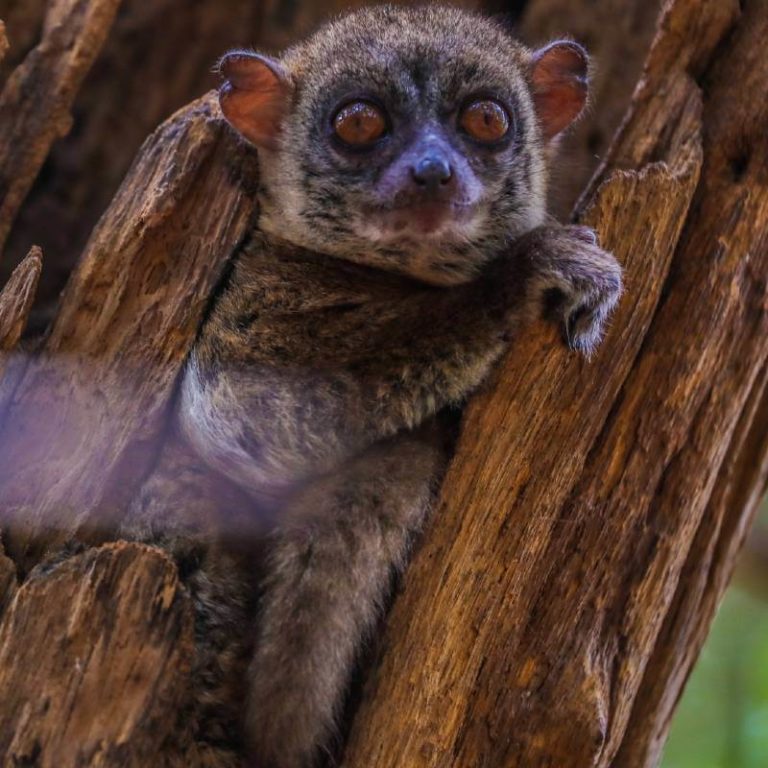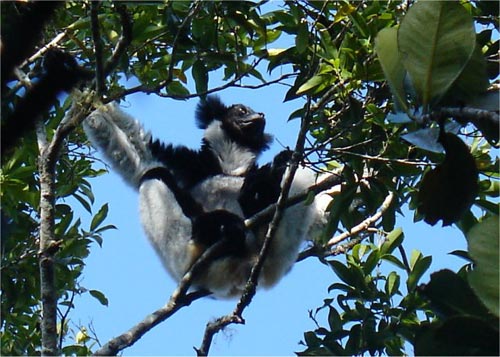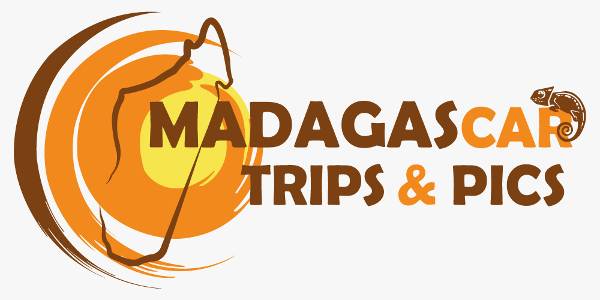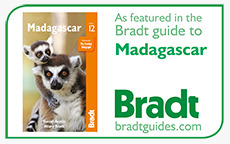The remarkable bird life in Madagascar
When it comes to the Wildlife in Madagascar the focus is usually on the various mammals of the island nation. But Madagascar also has numerous bird species in the past few years. Overall, researchers are currently talking about around 280 different bird speciesthat are native to Madagascar. About half of them have been classified as endemic. Ornithologists feel very comfortable on Madagascar thanks to the amazing diversity of bird species. Numerous Field observations are possible both in the coastal regions and in the rainforests. Exactly for this reason we offer also for all those, who want to spend their Vacation or their travels in Madagascar would like to spend with bird watching, a few optimally tailored travel packages. You are welcome to contact us in this regard. In the following sections, the species-rich and diverse birdlife of the Birdlife Madagascar are presented in excerpts. Of course, for the sake of readability, it is not possible to present all endemic species living in Madagascar. Instead, the aim is to provide a good introduction and overview, which will give you plenty of inspiration even if you have not been overly interested in birds and their habitats so far. Even if you do not know your Trip to Madagascar If you do not want to rely solely on bird watching, it is possible to schedule it for a limited period of time, such as an afternoon or a morning. Also in this respect we come to you concerning the Travel planning gladly accept.
Examples of the exciting bird life of Madagascar
As has already been mentioned, Madagascar currently allows mehr than 280 different species of birds discover. From the endemic genera are the Birds of Prey with various owls and eagles, as well as the Songbirds, the Parrots and the Flamingos the most important ones. These are presented briefly accordingly.
Typical Malagasy bird species may include:
- Vangas - Vangidae: the Vangas are the largest family among Malagasy birds with 14 species. They are forest dwellers, seen both in dry forests and in the humid jungles of the east coast. The Sicklevangas (Falculea palliata) are the easiest to spot. Their nests in the tall trees of dry forests, their striped plumage, and their piercing call make them very conspicuous. The most beautiful of the vangas, however, are the blue vanga (Leptopterus madagascarinus) and the Rotvanga (Schetba rufa), which live in the green thickets of the rainforests.
- Kurole - Leptosomidae: the Kurol Leptosomus discolor is closely related to our native cuckoo. The birds live in burrows and feed on insects and small reptiles.
- Ibise: the family of Lophotibiae is found on Madagascar with the extremely rare Mane Ibis (Lophotibis cristata) and the sacred ibis (Threskiornis bernieri) are represented. The moisture-loving birds with the characteristic crooked bills inhabit numerous river deltas and are found in some coastal protected areas.
- Kuas or silk cuckoo, Couas: nine species of this family have been counted so far. The Kuas are ground-dwelling animals and are mainly found in dense forests. The largest among them is the Giant kua (Couas gigas), which occurs almost exclusively in the hot southwest of Madagascar.
- Drongo: The Madagascar Drongo (Discrurus forficatus) is the subject of countless fables and stories told by the people of Madagascar. Especially the extremely aggressive nature of the birds during the breeding season is often interpreted as courage. The drongo, which even beats the buzzard into flight, is a popular figure in Madagascar's fable treasure trove. The dark-feathered bird can be recognized by the conspicuous fan-shaped bump on its bill and lives mainly in densely wooded regions.
- Malachite kingfisher - Corythornis vintsioides: closely related to our kingfisher, it shares with it the iridescent blue/metallic plumage and the way of life at the water. As an excellent hunter of small fish, the kingfisher is also called "Kingfisher" in Madagascar.
- Madagascar Serpent Hawk - Eutriorchis astur: without doubt one of the rarest birds on earth. The mighty bird of prey was considered extinct until a few years ago, however, since 1988 it is considered certain that at least some animals have survived in Marojejy NP on the east coast.
- Red Madagascar Owl - Tyto soumageii: this species was also considered extinct until 1973, but is native with a few specimens in the Analamazoatra Reserve and probably also in the Masoala Peninsula NP. The well-known barn owl Tyto alba is also found in Madagascar.
- Madagascar falcon - Falco newtoni, and the closely related
- Pilgrim Falcon - Falco peregrinus: the latter has even made a name for itself as the heraldic animal of the Merina monarchs. Both species are still common, but like many bird species of Madagascar they are subject to strong hunting pressure.
- Hoopoe - Upupa epops marginata: it will seem like a spook to the traveler at first: the same bird that is native to our latitudes seems to hop around here before the eyes of the astonished tourist! The hoopoes are mainly found in the dense dry forests as well as in the Isalo NP and resemble ours to the hair.
- Parrots are represented in three species on Madagascar: the vasa parrot (Coracopsis vasa), the black vasa parrot (Coracopsis nigra) and the gray-headed parrot (Agapornis cana).
- Nectar Birds are found on Madagascar with several endemic species. The small birds buzz around the flowers of the trees like small insects and can best be observed in Ankarana NP with some chance of success.
- Paradise Flycatcher - Terpsiphone mutata: they are present on Madagascar and Comoros with several endemic species. The beautiful looking birds with the characteristic long tail feathers weigh only 13 grams! They inhabit the dry forests of Madagascar as a rare species. With a little luck they can also be found in Isalo NP and Ranomafana.
- Chicken birds are only sparsely represented with nine species, five of which are endemic. They are virtually ubiquitous and extremely numerous. An exception are the guinea fowls (Numida meleagris). These tasty and very beautiful looking chickens are unfortunately becoming increasingly rare.
- Ducks and geese are on Madagascar beside the chickens the most important small animal at all for the covering of the meat need. Accordingly numerous is also this population! In addition still the special Half ducks of the family Dondrosiniae, which occupy a position between ducks and geese and are just as tasty as them!
The Madagascar Sea Eagle is probably the best known Bird of Prey of the island nation, because after all it is one of the rarest birds of prey in the world, is endemic and is also the Heraldic animal of Madagascar. The Madagascar Sea Eagle can grow up to 66 centimeters and have a wingspan of up to 1.60 meters. In Madagascar, this bird of prey lives mainly near the coast and makes itself comfortable on rocky islands or cliffs. Its The main food is the fish, which he presented on the so-called Stalking bagged: The Madagascar sea eagle spends a lot of time on its perch and then makes only a short flight to capture the fish it has peeked out. Through the Habitat destruction of this majestic bird, the population is currently highly endangered. Another point of concern for the Madagascar sea eagle is the fact that the bird is being harassed by fishermen and Hunters is hunted. The old animals are shot and the young ones are taken from the nests. The Madagascar Sea Eagle is partially consumes and partly for medical purposes used.
Madagascar is also home to various Owl specieswhich also belong to the birds of prey. Examples of this are for example the Madagascar Scops Owl, which reaches a size of up to 23 centimeters and yet weighs only 120 grams, or the Madagascar Long-eared Owl, which can grow up to 50 centimeters. Also other birds of prey such as the Pilgrim Falcon are native to Madagascar.
Songbirds in Madagascar
Songbirds belong quite generally to the passerine birds and on Madagascar are around 65 different types of this suborder are known. Many of these songbirds impress with a particularly striking plumage with splendidly colored feathers. In most species, however, this mainly affects the males, which attract attention with this striking plumage especially during the mating season. Drongos are a particularly conspicuous species and form their own family among songbirds. In Madagascar, they are mainly known because of their large Aggressiveness exceedingly well known, because even in front of larger birds of prey the drongos do not stop when it comes to the protection of their offspring. In the Myths and fables from Madagascar this behavior is interpreted as courage, which is why the Drongo appears in many stories. Also the so-called Nectar Birds belong to the Songbirds of Madagascarwhich feel particularly at home on the island. Many species of these small feisty birds are endemic to Madagascar and they form the counterpart to the also known Hummingbirds. On the menu of the nectar birds is, as the name already reveals, primarily the sweet plant nectar. Besides, the active small birds also like to feed on Spiders or insects. Also very striking is the Madagascar Paradise Flycatcher, which is often also called Red-breasted Paradise Flycatcher is called. The small bird weighs only 13 grams but has a lot to offer in terms of its plumage. Especially a ring of naked blue skin around the eyes is characteristic for this bird species. Small flying insects are the Madagascar Paradise Flycatcher's favorite food.
Parrots in Madagascar
Parrots are relatively rare on Madagascar and even the few species that exist are only remotely reminiscent of the colorful birds with the colorful plumage that float before the eyes of most of us. The Parrots of Madagascar Are rather gray or blackbut no less imposing or intelligent for that. The big and the small vasa parrot are the two best known species, with the small vasa parrot additionally having several subspecies. Both species are not endangered and have an vigorous population, even though the great vasa parrot is not infrequently hunted for its meat. More about parrots in Madagascar under this LINK
Flamingos in Madagascar
More commonly seen in Madagascar, the Pink Flamingos, which belong to the flamingo family. They are generally relatively widespread in Africa, but are sometimes found in Europe. The pink flamingo is often called a true Food specialist designated because it has a so-called Seihschnabel has. Normally it feeds on very small organisms such as small crustaceans, mollusks or annelids. However, it may also go for small fish or even hermit crabs, depending on the food supply. Normally the pink flamingos look for their food in large troops, which also makes for an impressive spectacle on Madagascar.
Duck birds in Madagascar
At this point, we would like to mention two particularly Highly endangered duck birds are listed, which are at home in Madagascar and which at the same time are used as endemic species be classified: The Madagascar Duck and the Madagascar Moor Duck. Both species now belong to the most endangered duck birds in the world and occur only very rarely in the wild. While it of the Madagascar duck currently probably still around the 5.000 animals the population of Madagascar moor ducks is much smaller and probably comprises no more than 50 animals.
The fact that many Birds in Madagascar now on the endangered list is not necessarily surprising. So far, the measures enforced by the government for the Environmental protection still too low. Therefore, it is important that tourists are also educated. Especially in drastic cases such as the Madagascar Moor Duck, which has very little stock left, it's time for man to act. If you have a Trip to Madagascar plan, feel free to take your time to explore the nature on this unique island. This way you will get a feel for the stunning biodiversity and the extraordinary natural paradisewhich you can find here. Gladly we would like to invite you on this way resp. accompany you on this journey.

